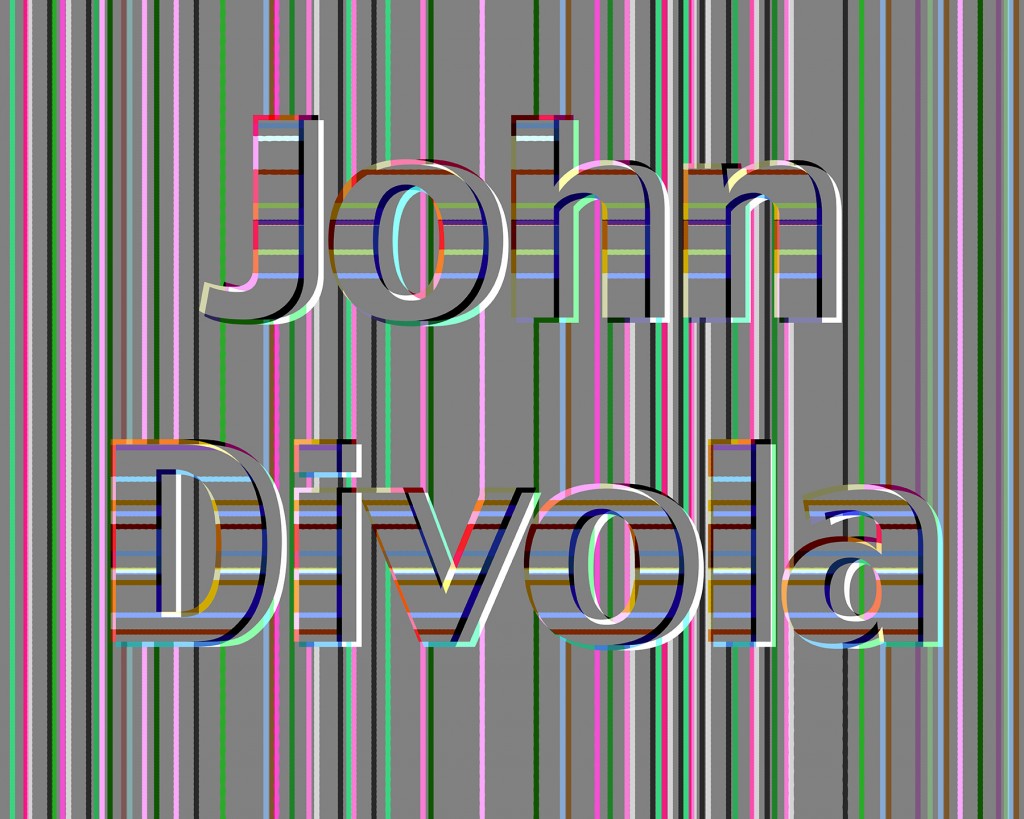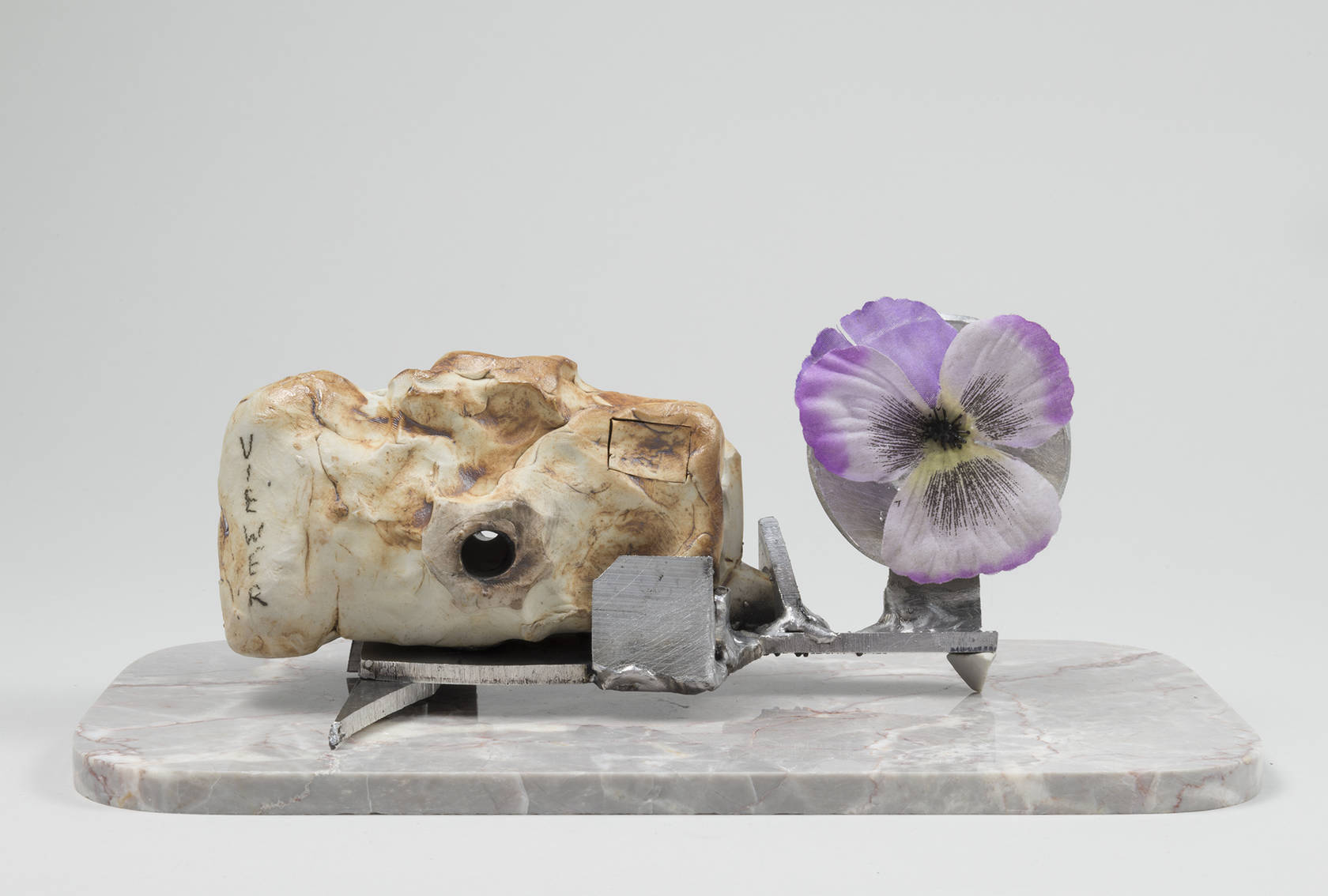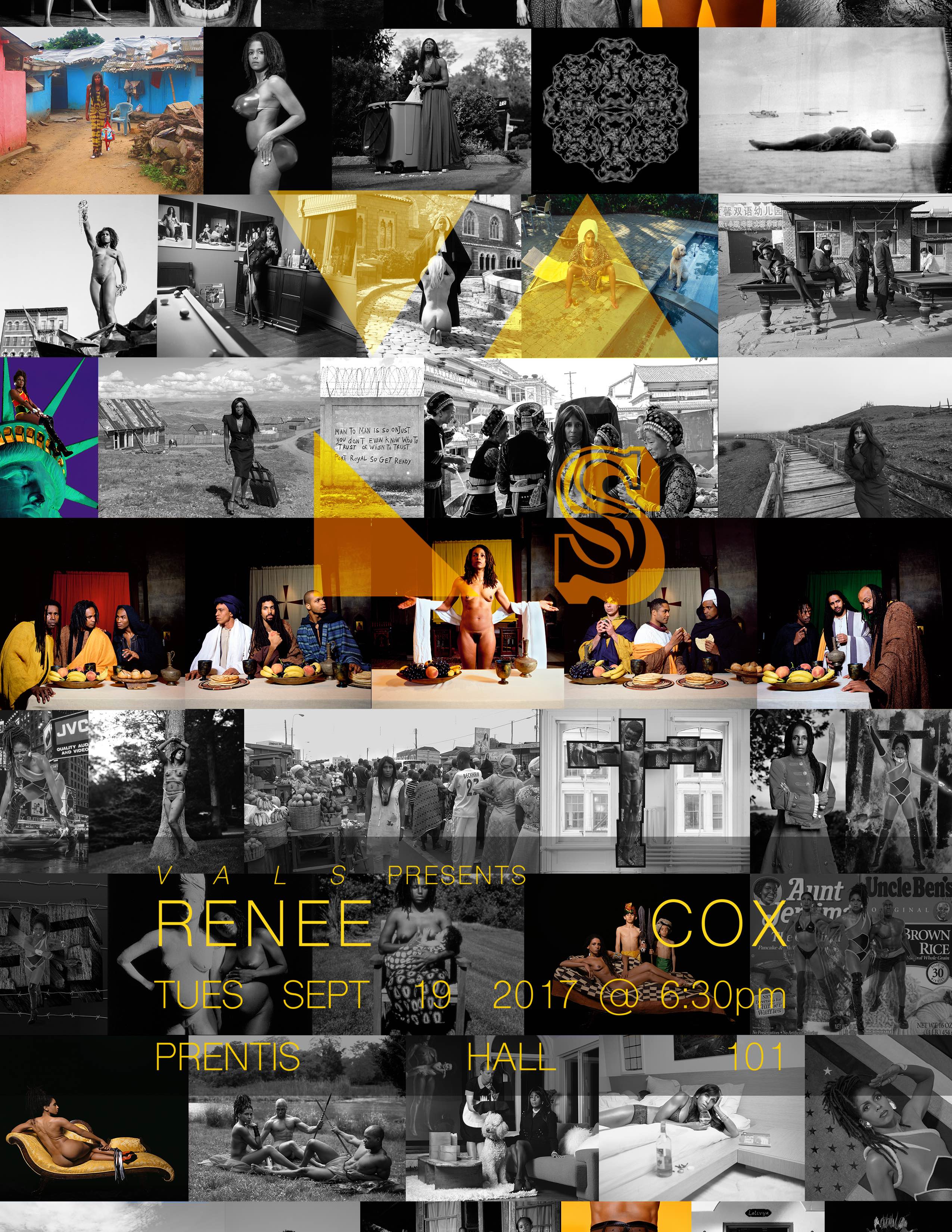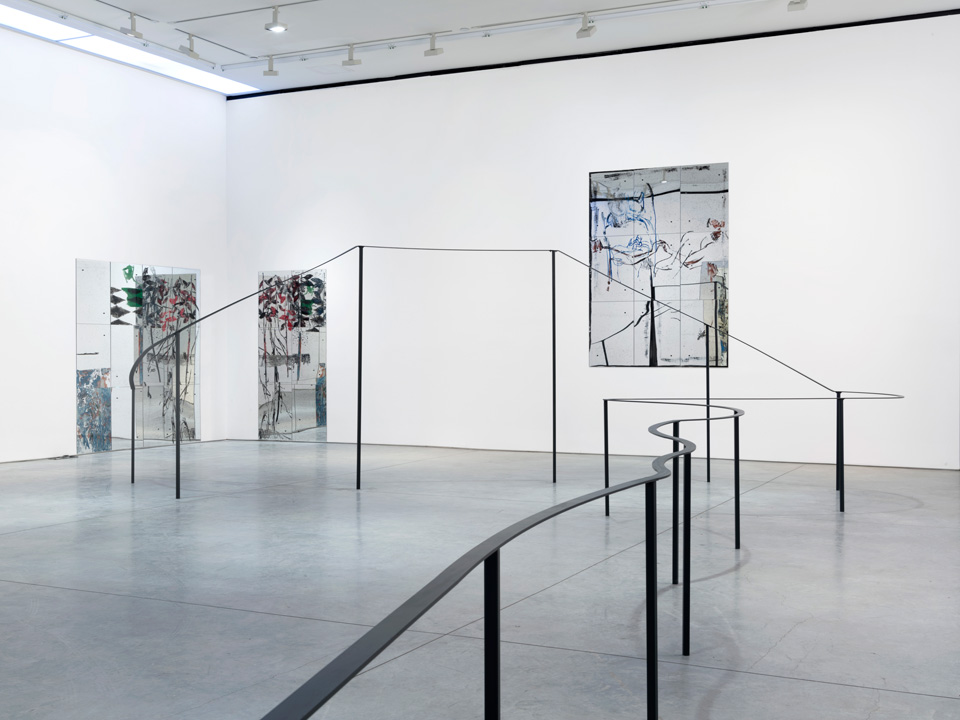“In all my work there’s this notion of the melancholic. You can make a photograph about the sublime, but you can’t make the sublime itself; you can never make the equivalent of lying in a quarry at midnight, looking at the moon. . . . Beauty is part of the language of that. I want [my photographs] to be seductive, but they’re also about an unattainable desire.” –John Divola
With a career spanning four decades, John Divola is as distinctive for his commitment to the photographic community as for his thought provoking work. Divola was born in Los Angeles in 1949. After graduating with a BA from California State University, Northridge, he entered the MFA program at the University of California Los Angeles. There, under the tutelage of Robert Heineken, the artist began to develop his own unique photographic practice, one that merges photography, painting, and conceptual art. In addition to his own studio practice, he teaches contemporary art at the University of California Irvine and writes about current photographic practice for a national audience.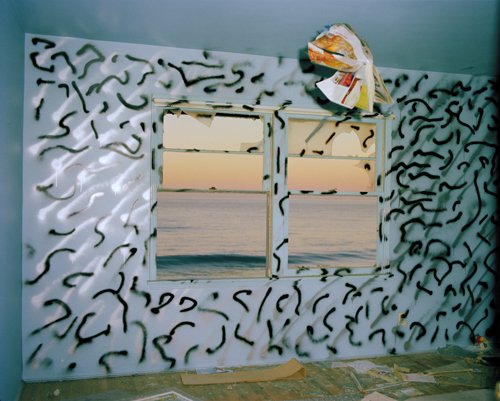

from Zuma Series
1977
12″x24″ 0n 20″x24″
Cibachrome Photograph
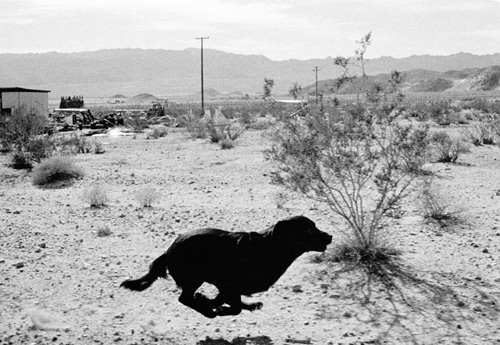 From the series, Dogs Chasing My Car in the Deserts
From the series, Dogs Chasing My Car in the Deserts
1996-2001
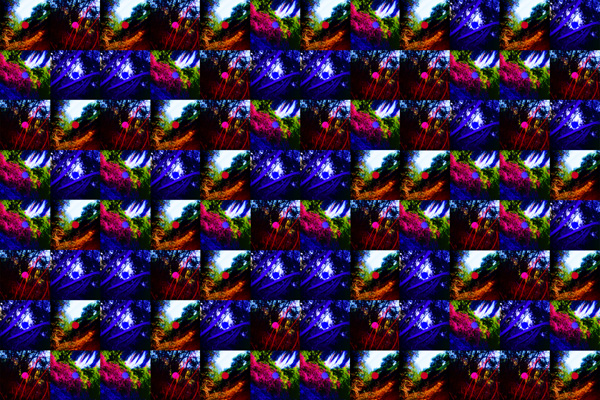 1984 Malibu Progressions A, 1984, 2001-02
1984 Malibu Progressions A, 1984, 2001-02
| 2000 Malibu Progressions Statement The individual images used in these works were made in 1983 and 1984. With one exception, they were taken in Malibu. In the individual shots a white geometric form has been placed on a pole in each shot. The camera is tilted to align the edge of the frame to the edge of the geometric shape. The exposure is made using a colored flash from the camera location. Four images are chosen for each of these works. There are 24 possible variation of the four images. All twenty-four variations are presented with the same mathematical progression every finished work. |
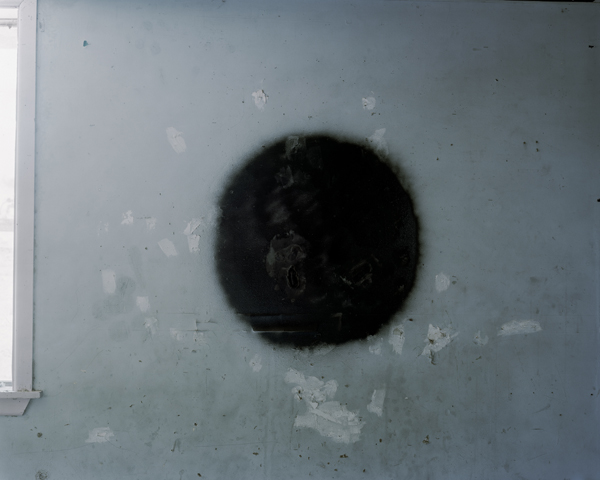 From the series, Dark Star, 2008
From the series, Dark Star, 2008
[vimeo]http://vimeo.com/64978297[/vimeo]
